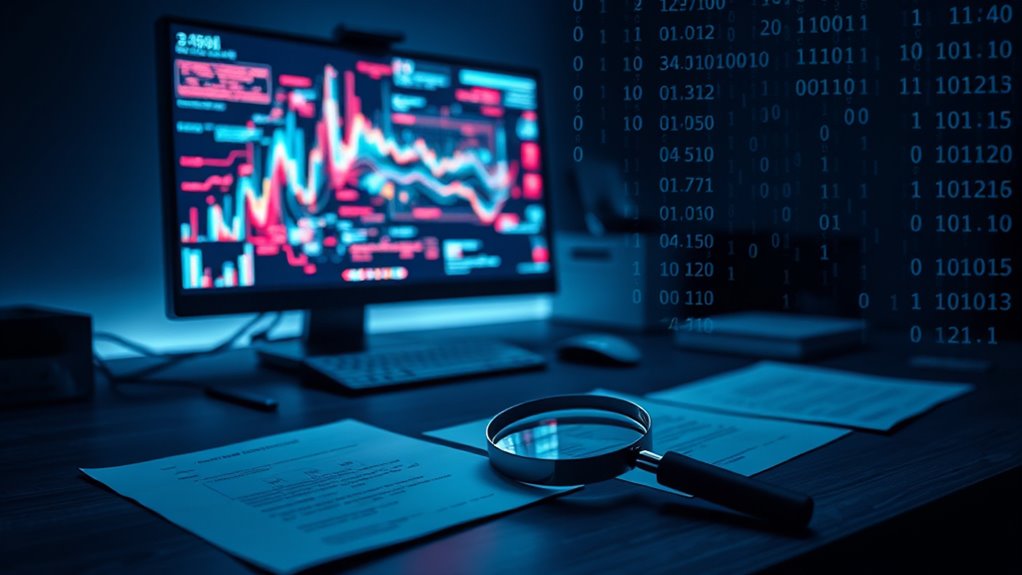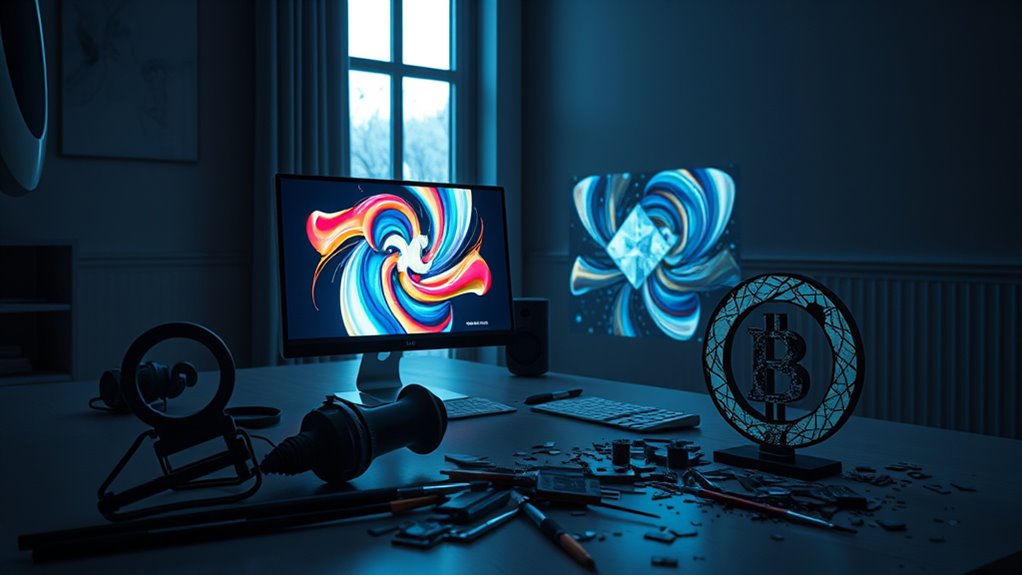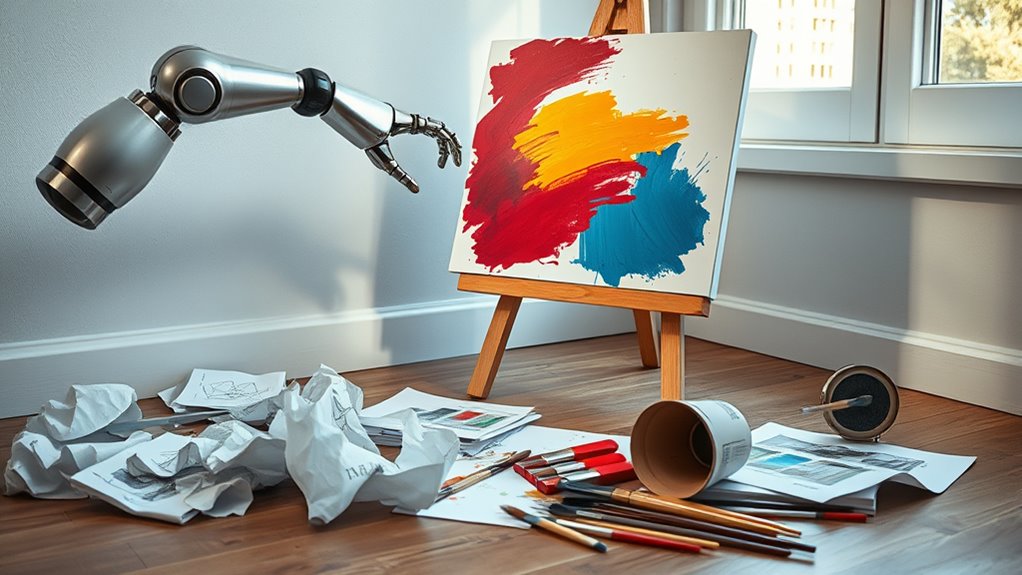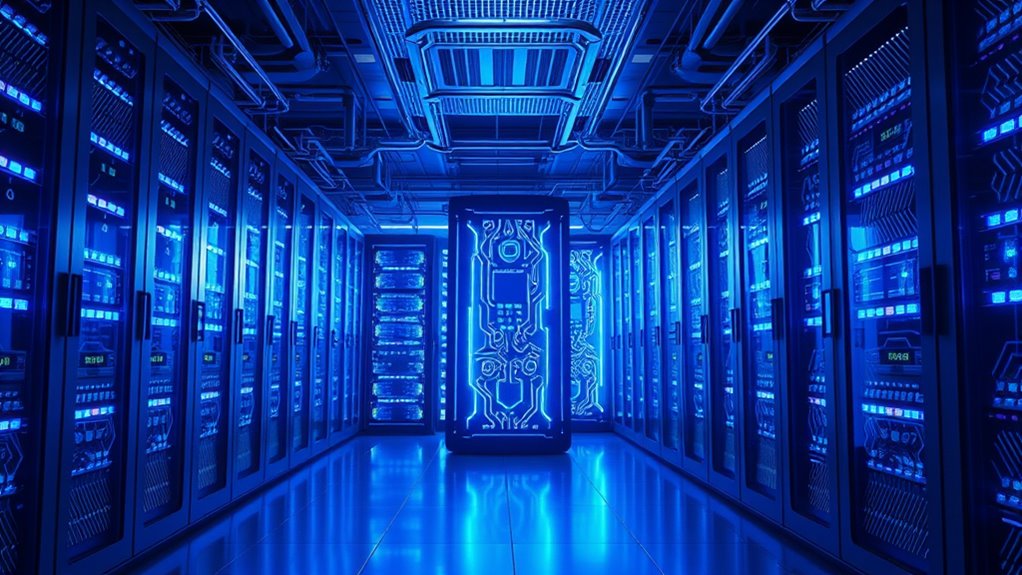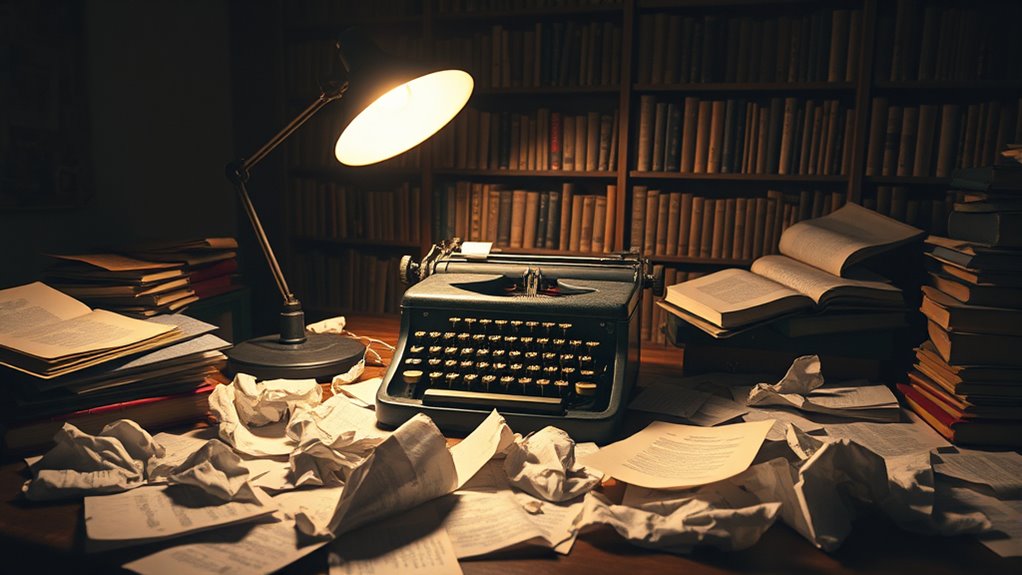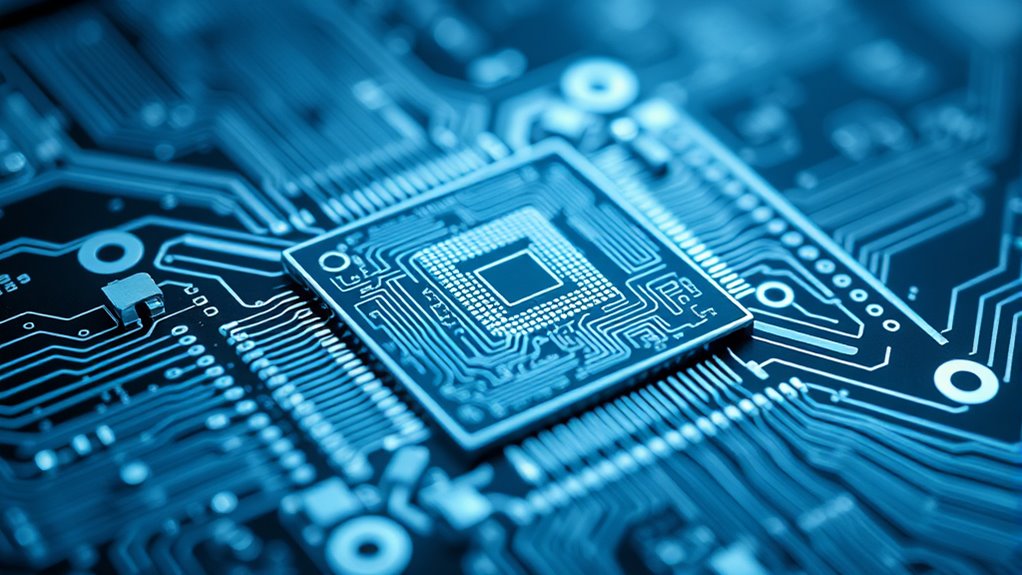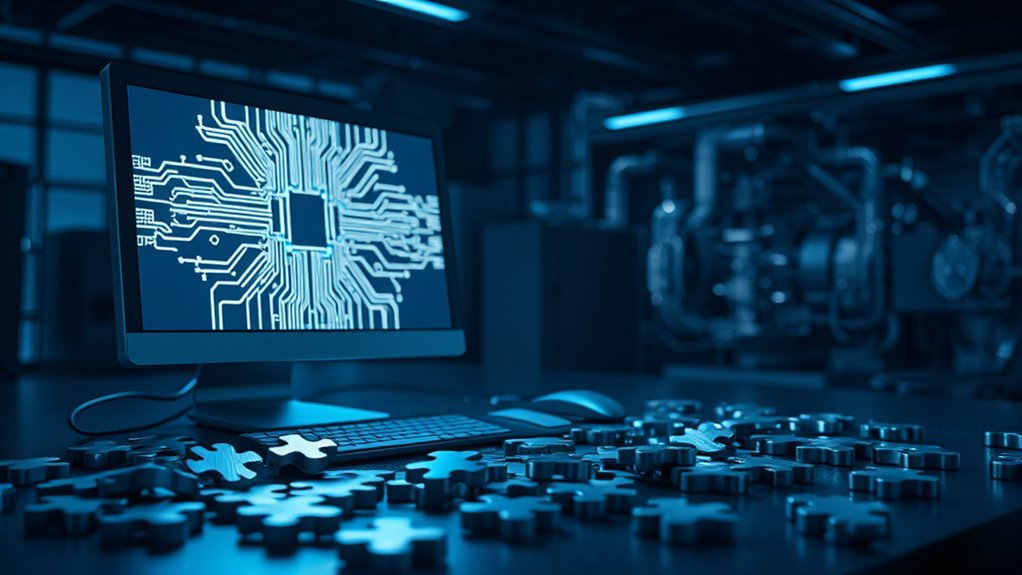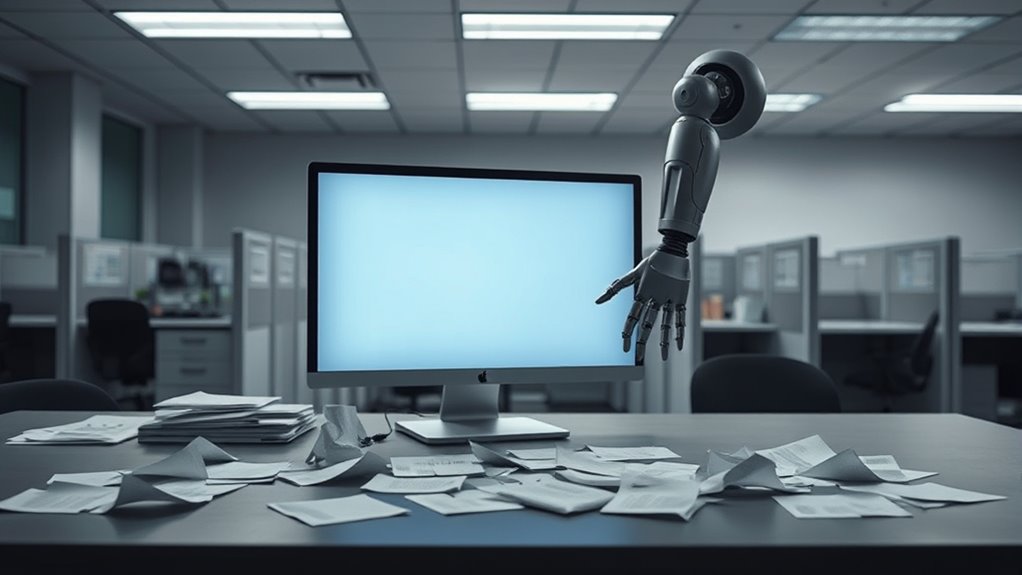How accurate are AI detectors in spotting content made by machines? It’s a question many are asking as AI tools become more common. These detectors are built to catch content created by AI, not humans. But their accuracy isn’t always as high as some companies claim. For example, Originality AI says it has up to 99% accuracy, while Turnitin claims 98%. Yet, studies show results can vary a lot depending on the AI content being tested.
Many detectors face big challenges. AI technology keeps getting better at copying human writing. This makes it harder for detectors to tell the difference. Some tools, like Copyleaks, focus on keeping false positives low, claiming a rate of just 0.2%. False positives happen when human work gets flagged as AI-made. That can cause trust issues, especially in schools where teachers rely on these tools. Recent tests have shown that even top detectors like GPTZero can struggle with AI-generated text similarity to human writing, further complicating accurate detection.
AI detectors struggle as AI mimics human writing, with false positives causing trust issues in schools, despite low rates claimed by tools like Copyleaks.
Different detectors use different tricks to spot AI content. They often look at things like true positive rates, which show how often they correctly catch AI work. There’s also the F1 score, a number that checks if the tool balances precision and mistakes well. Some use confusion matrices to figure out where they go wrong. But there’s no standard way to test these tools, so results aren’t always consistent. Research from the University of Pennsylvania has revealed that many detectors can be easily fooled by simple tricks, highlighting their limitations. Additionally, tools like GLTR analyze texts for patterns such as low randomness patterns that often indicate AI-generated content.
Tools like GPTZero and Winston AI also claim great results, but not all claims are backed by solid proof. Open-source detectors often don’t work as well as paid ones. Plus, the quality of training data matters a lot. If the data isn’t diverse, the detector might miss new kinds of AI writing.
In schools, AI detectors are being used more to check essays. But frequent false alarms can make teachers and students doubt them. Ethical worries also pop up about using AI for creative tasks. As AI keeps changing, detectors need constant updates to stay useful. Without that, they risk falling behind. The lack of a clear testing standard adds to the confusion.
For now, while some detectors show promise, their accuracy isn’t always guaranteed, and challenges remain in keeping up with fast-moving tech.
